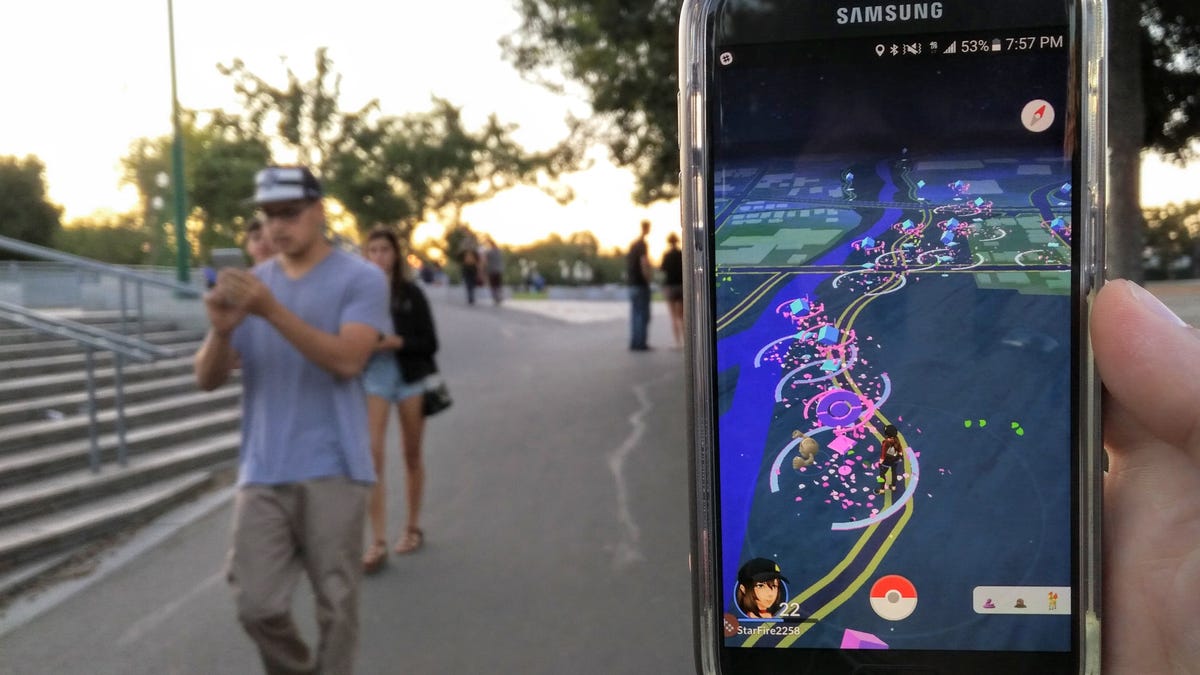Pokemon Go's maker wants to crowdsource a 3D map of the world
Players who turn on their cameras would do more than see Pikachu on the sidewalk. They'd collect data for Niantic.

Pokemon Go was a mobile gaming phenom when it was released in 2016.
Pokemon Go's maker, Niantic, has ambitions to build a three-dimensional map of the world by crowdsourcing the cameras on players' phones, CEO John Hanke told Reuters.
Pokemon Go was a breakout hit two years ago, a mobile game phenomenon that familiarized millions of consumers with the concept of augmented reality, a technology that overlays digital images on the real world.
"We want players to build out the game board they want to play on," Hanke said in Wednesday's article, which notes the company describes the project as an AR map that will start with public spaces like parks.
Players of Pokemon Go and other Niantic games who turn on their cameras so that a game overlays digital characters on top of the world around them would also stock map-generating software that automatically identifies objects and buildings in the frame.

